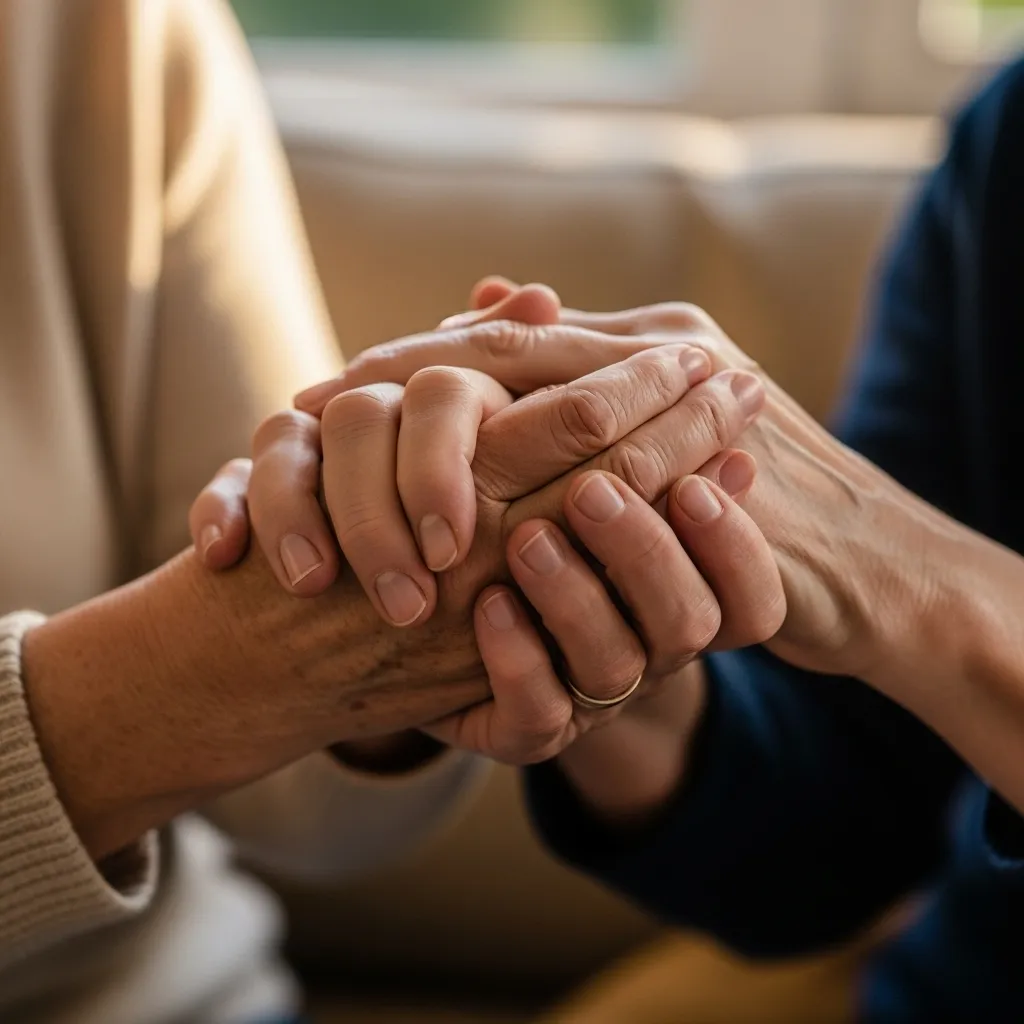
Loss is a profound and unmooring experience. When a loved one dies, the world tilts on its axis, and the ground beneath your feet feels unstable. For those in a long-term partnership, this seismic shift doesn’t just happen to one person; it sends shockwaves through the very foundation of the relationship. You are not just grieving an individual loss; you are suddenly navigating how to be a couple in a world that is irrevocably changed. It’s a lonely journey that, paradoxically, you must find a way to walk together.
Many couples are surprised and hurt to find that instead of pulling closer, grief can create a chasm between them. One partner may withdraw while the other needs to talk. One might seem angry and irritable while the other feels numb. These differences aren’t a sign that your love is failing; they are a sign that you are human. Grief is a uniquely personal process, and no two people experience it the same way, even when they are mourning the same loss.
The challenge, and the opportunity, lies in learning how to honor your individual experiences while remaining a team. It requires a new level of compassion, patience, and skill. This article is not about “fixing” your partner’s grief or rushing the process. It is a practical, gentle guide to help you support each other, communicate through the pain, and protect your connection during one of life’s most difficult seasons. You can learn to be a safe harbor for one another, even when the storm feels overwhelming.

One Response
I was so upset with my partner, who always spent a few times with me and most time at work, I thought he was having an extramarital affair, but I found out that he had never cheated on me with the help of Cyberlord, whom I reached directly at invisiblespyloop [at] gmail [dot] com. This guy really helped me gain access to his phone records, such as deleted text messages, call logs, and social media logins I was able to read all his conversations and found out that it’s the nature of his work. you can also reach him if you’re not able to withdraw your funds from any online trading platform like expert-option, Cal Financial, Analyst, Coinspot, Ctxprime, and many more.